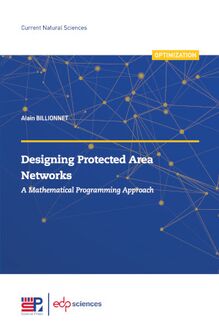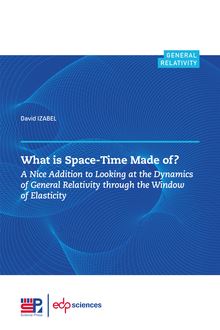Textbook on MRI Mapping of the Human Deep Brain , livre ebook
162
pages
Français
Ebooks
2021
Obtenez un accès à la bibliothèque pour le consulter en ligne En savoir plus
Découvre YouScribe en t'inscrivant gratuitement
Découvre YouScribe en t'inscrivant gratuitement
162
pages
Français
Ebooks
2021
Obtenez un accès à la bibliothèque pour le consulter en ligne En savoir plus
Publié par
Date de parution
23 septembre 2021
Nombre de lectures
3
EAN13
9782759825769
Langue
Français
Poids de l'ouvrage
47 Mo
The full access to the 3D volumetric description of the human deep brain greatly eases the mastering of this complex region. For the first time, the reader has a unique description of numerous structures extracted from high resolution MRI ground-truth, belonging to the thalamus, the hypothalamus, the subthalamus and the telencephalon including the amygdalo-hippocampal complex. The real rendition will matter particularly for all those dealing with the volumetric architecture. A triplanar MRI atlas is included. Several international terminologies allow to seek highly specialized data, making the link between pioneering and seminal works, and current modern usages. The textbook addresses basically the students in neuroscience, whether in biology, medicine, psychology, and in biomedical sciences. Faculties and tenured persons, as well as staffs of industry sectors, should find useful reminders and insights. Those who would like to individualize the analysis of the deep brain will find key elements. Definitively, the textbook is intended to share the knowledge toward inter and trans disciplinary approaches.
Publié par
Date de parution
23 septembre 2021
Nombre de lectures
3
EAN13
9782759825769
Langue
Français
Poids de l'ouvrage
47 Mo














